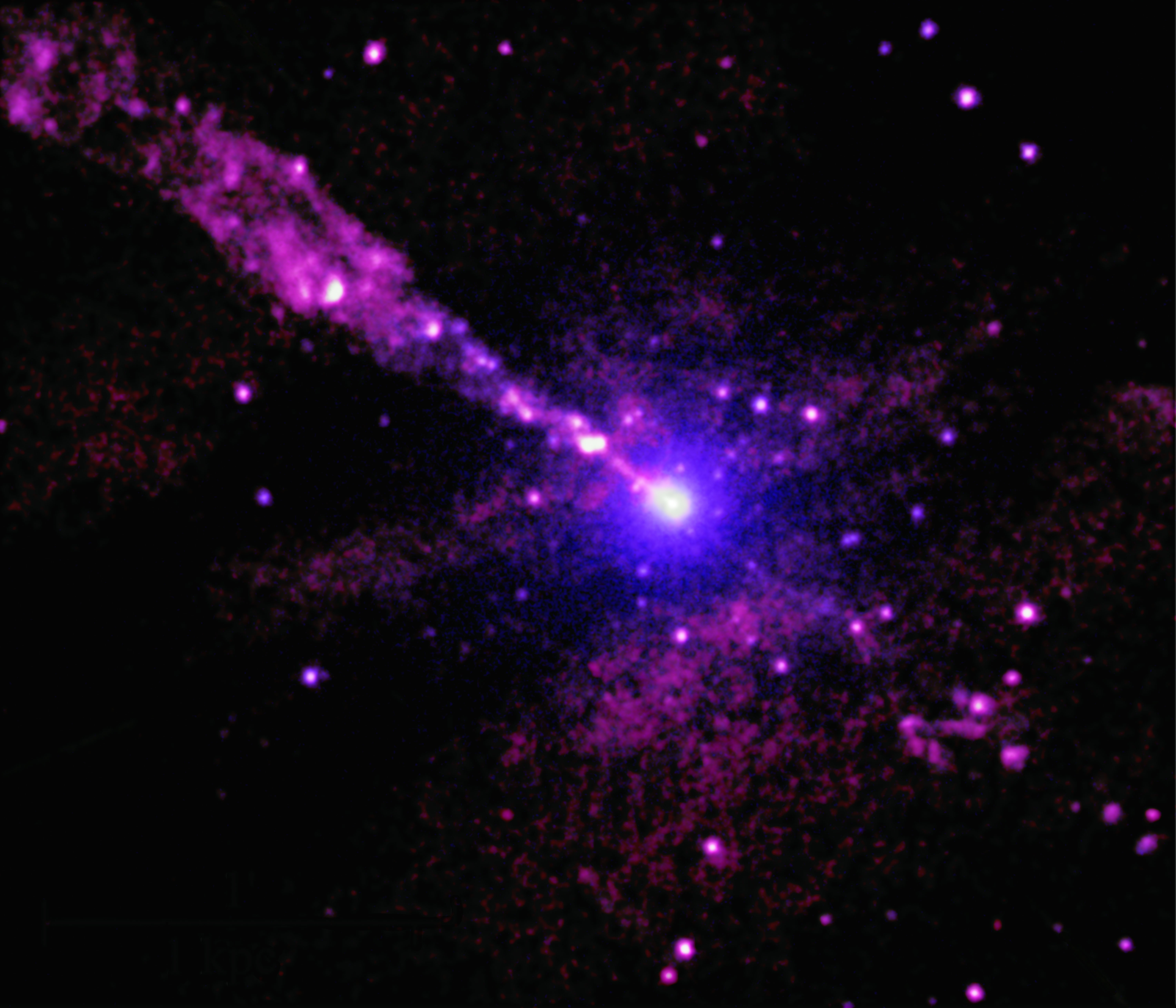
Using NASA’s Chandra X-ray Observatory, astronomers have found an unusual mark from a giant black hole’s powerful jet striking an unidentified object in its path.
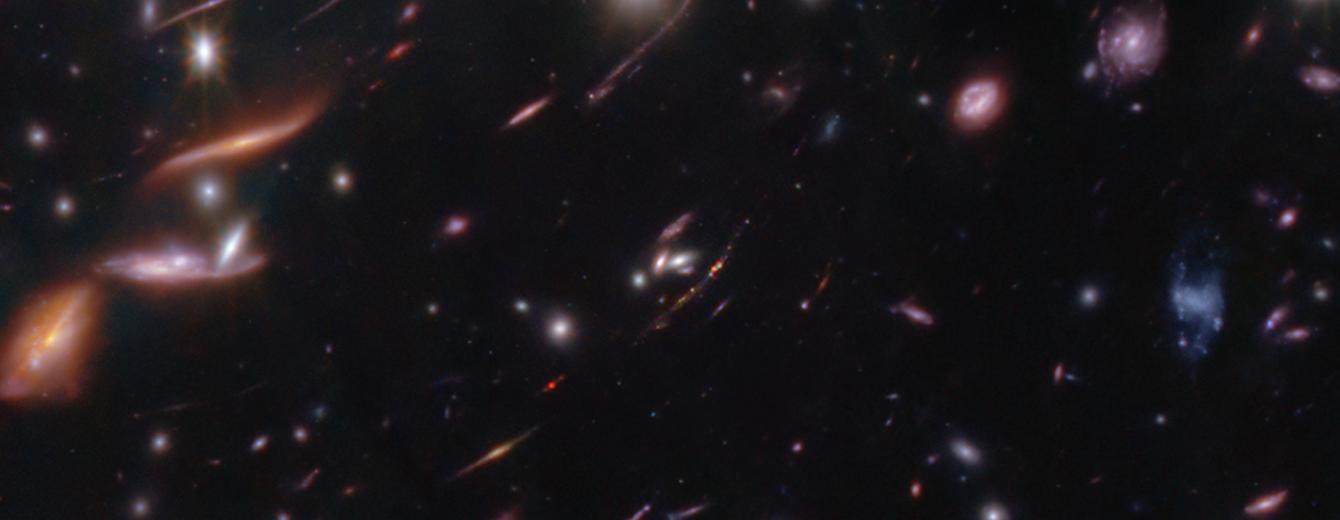
For the first time, NASA's James Webb Space Telescope has detected and "weighed" a galaxy that not only existed around 600 million years after the big bang, but is also similar to what our Milky Way.

An object up to dozens of times the mass of Jupiter flying through our solar system may have disrupted planetary orbits.

Scientists know the Universe is expanding because they can track other galaxies as they move away from ours. They define expansion using the rate that other galaxies move away from us.

Dark comets are objects that looks like asteroids but acts like comets. Now, new research has doubled the number of known dark comets and grouped them into two distinct populations.
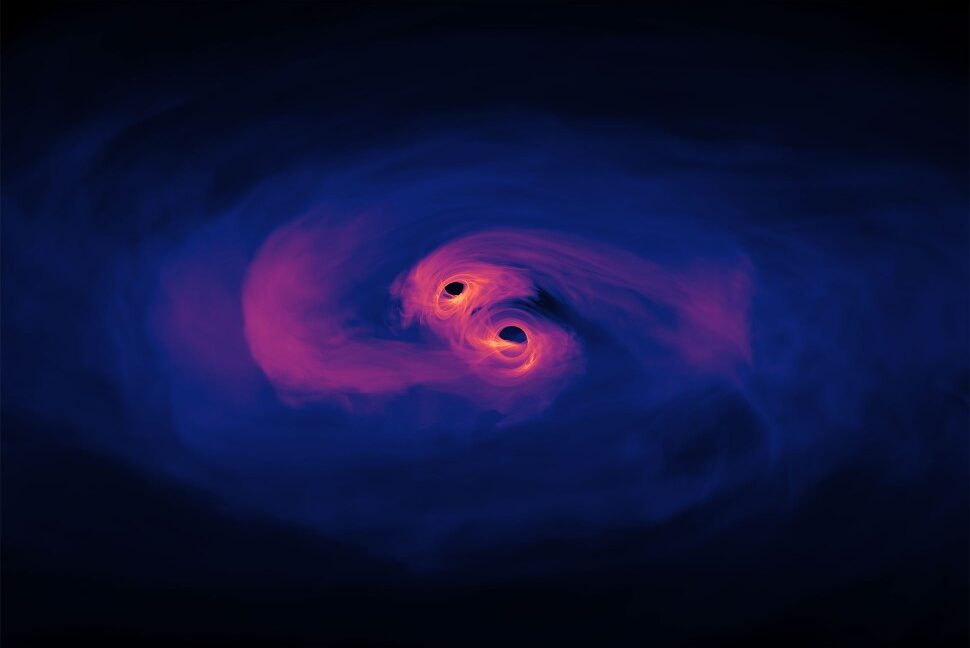
Their orbit periodically takes them through a cloud of gas, triggering flares.

Astrophysicists find the birth sites of gigantic elliptical galaxies which they say gives new clues about how they were formed. The galaxies look like bulging footballs and how they were created remains a mystery to scientists -- until now.
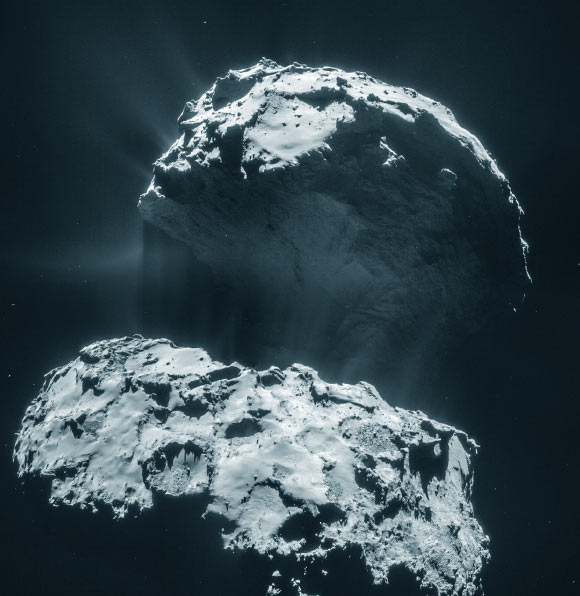
Contradicting the results of several recent studies, the new findings reopen the case that Jupiter-family comets like 67P/Churyumov-Gerasimenko could have helped deliver water to Earth.
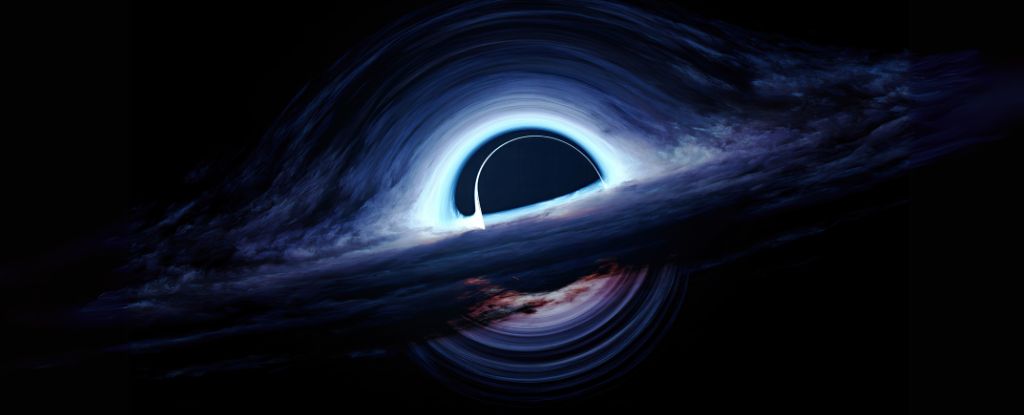
All the singularities of gravitational collapse are "clothed" by the event horizons of black holes – meaning we could never observe one. This is called cosmic censorship.
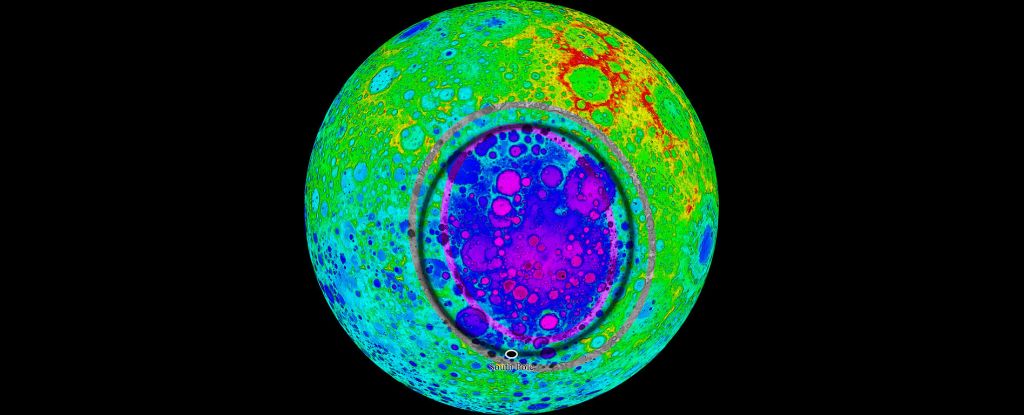
A new research suggests that the South Pole-Aitken basin may not have formed the way we thought, and may be much bigger than previous studies suggest – a discovery that has exciting implications for future lunar missions to the basin.
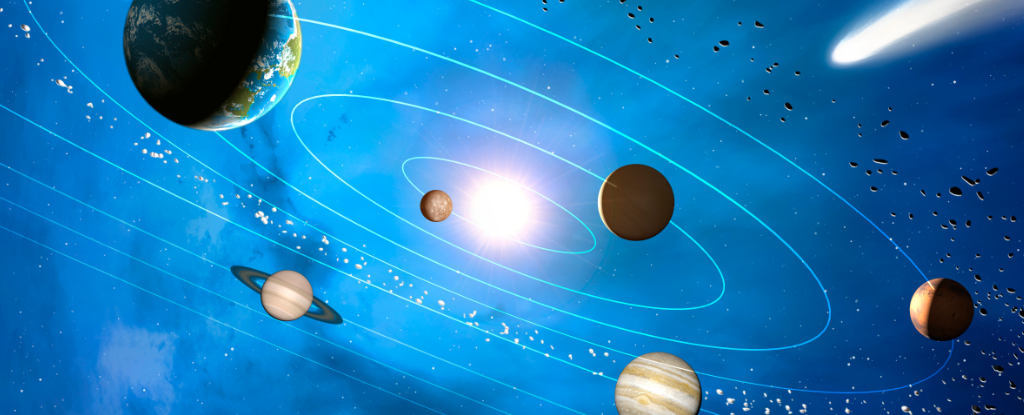
What would happen to our mature, sedate Solar System if it suddenly gained another member? That would depend on the object's mass and the eventual orbit that it found itself in.
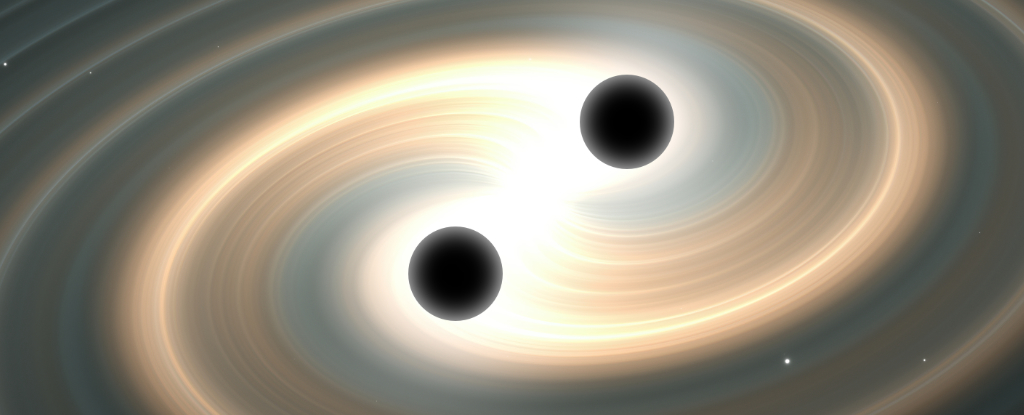
Using the largest gravitational wave detector ever made, we have confirmed earlier reports that the fabric of the Universe is constantly vibrating.
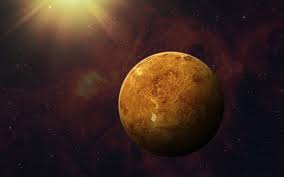
A team of astronomers has found that Venus has never been wet, despite decades of speculation that our closest planetary neighbour was once much more like Earth than it is today.

There is a radical idea that Earth was seeded not just with the building blocks of life but life itself.

A new study suggests that dark matter may have originated from a separate "Dark Big Bang," occurring shortly after the birth of the universe.